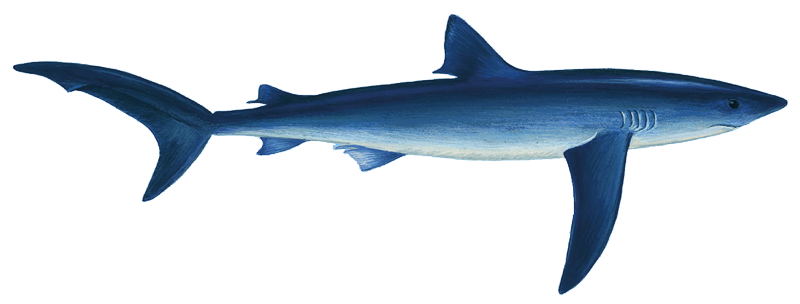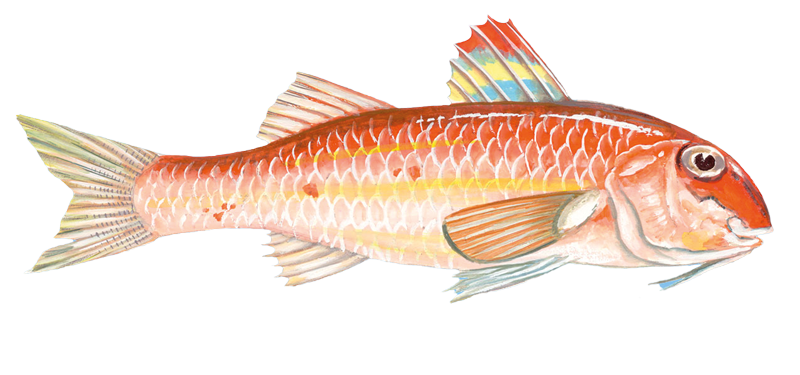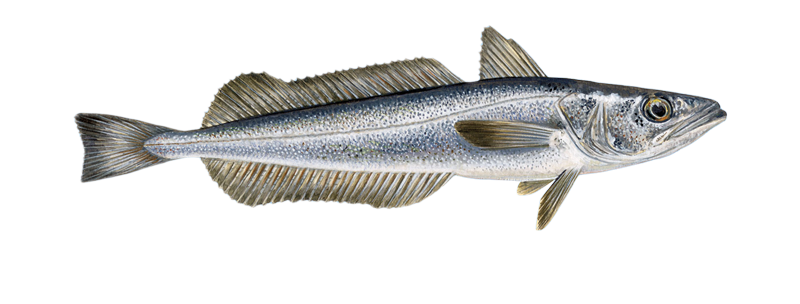The oceans of the entire planet are threatened by the over-exploitation of fishing stock. It is up to us to save our seas and oceans.
For this reason, EUROJERSEY supports WWF Italy in growing public awareness with regard to the need to buy responsibly, with a preference for fish products which are caught in such a way as to preserve fishing stock and the fishermen whose livelihoods depend on it. The over exploitation of fishing stock, to satisfy an ever increasing demand, represents a serious threat for fish and fishermen. EUROJERSEY and WWF ITALIA are committed to preventing this crisis.
Overfishing can be stopped, with the help of all.






